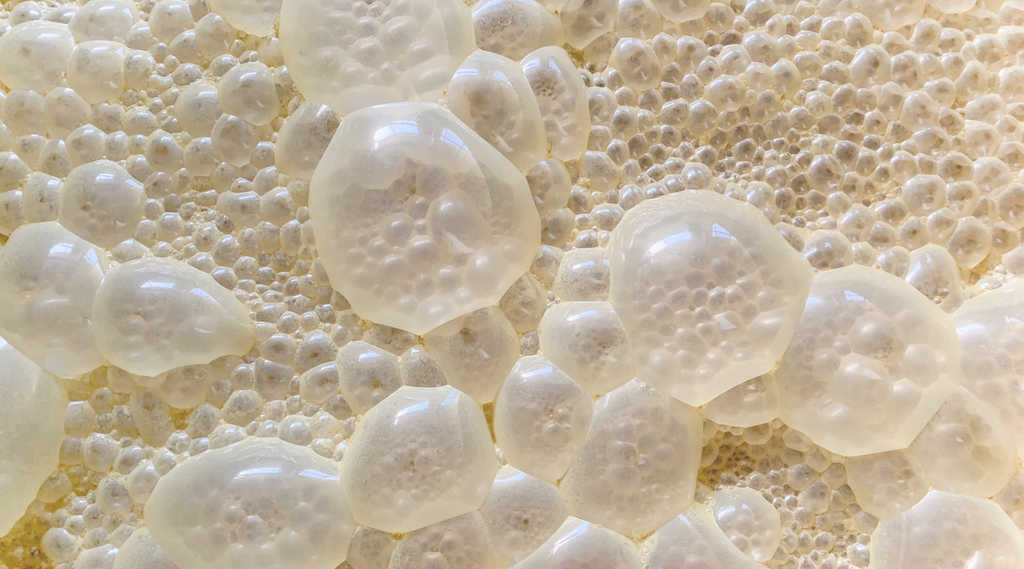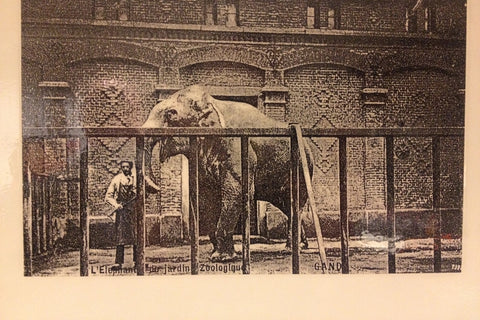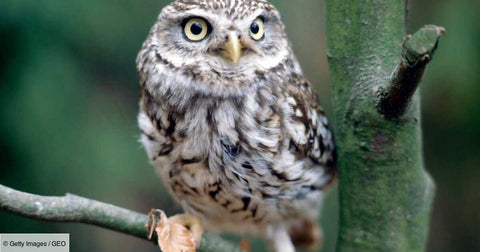
Spontaneous fermentation - what is it, and how is it used in making a beer?
To make a beer, you need to go through various steps. One of these steps is fermentation. Not every beer is fermented the same way. Some beers use spontaneous fermentation. But what is the difference? What does spontaneous fermentation actually mean? And how does it affect the beer?
We are here to answer all of these questions:
- What is fermentation?
- What is spontaneous fermentation?
- How does spontaneous fermentation affect the beer taste?
- How does spontaneous fermentation affect the beer colour?
- Which beers are fermented spontaneously?
- How long does wild fermentation take?
What is fermentation?
Before we dive into spontaneous fermentation, let’s discuss what fermentation is in the first place. By definition, fermentation is the process where the yeast converts sugars into alcohol and creates carbonation. The yeast converts glucose in the wort to ethyl alcohol and carbon dioxide gas. This process is what makes a beer a beer. There are four different types of fermentation: top, bottom, spontaneous, and mixed fermentation.
What is spontaneous fermentation?
Now that we know more about fermentation, we wonder how spontaneous fermentation is different from traditional fermentation. We may say that spontaneous fermentation is the most natural way of fermenting beer, as we invite nature to do the work. Instead of a yeast strain, the wort is put onto a large open pan. The pan is open to the outside air. The air needs to have perfect conditions with microbiota. The wild yeast present in the air will create alcohol and carbonation.
This fermentation technique is one of the oldest. It is also called wild or natural fermentation. Nevertheless, this type of fermentation is also complex as the environment needs to be suitable.

How does spontaneous fermentation affect the beer taste?
You can notice a difference in the taste of the naturally fermented beers. It adds pleasant acidity and tartness to the taste. It also adds complexity, and you can taste fruity notes that are balanced with a dry mouthfeel.
Moreover, the beauty of wild fermentation is that not every beer will taste the same. It is truly a natural process, and nature will influence the beer's taste depending on how it is feeling at the moment.
How does spontaneous fermentation affect the beer colour?
The appearance of the beer depends less on the wild fermentation, but on the malt and fruits that the brewer uses. So the colour of spontaneously fermented beers can be anything from light to dark red or brown.
Which beers are fermented spontaneously?
Because natural fermentation adds acidity, many people think that all sour beers are made with wild fermentation. That is not true, sour beers can be made with other types of fermentation by using acid-producing bacteria.
Lambic is the most familiar style of beer that uses spontaneous fermentation. Belgium is famous for this, as the Zenne Valley in Brussels is the only region in the world with such a unique ecology of microorganisms suitable for lambic brewing.
In the modern days, lambic beers are pretty much the only beers using spontaneous fermentation. Nevertheless, the subtypes of lambics, like the krieks or gueuze beers, can be made with spontaneous fermentation as well.

How long does wild fermentation take?
The wort is exposed to the microflora in the air for up to ten days. Once this process is done, the beer is transformed into a barrel to fully ferment. The last process can take several months or even years to finish. Depending on the barrel used, this can add more flavours to the beer.
Have you already tried beers that have gone through spontaneous fermentation? If not, then what are you waiting for?



Leave a comment